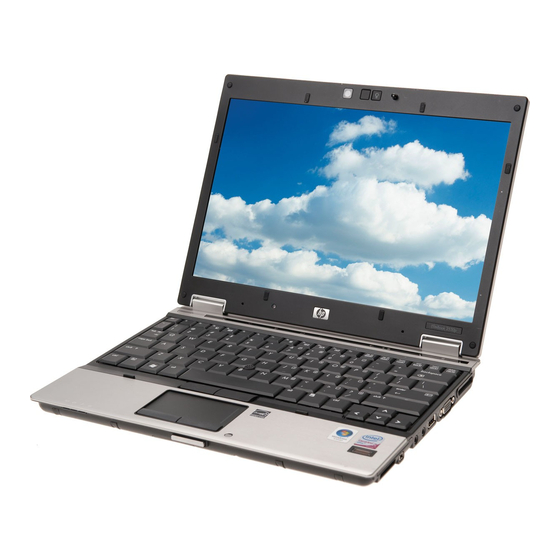HP 2530p - EliteBook - Core 2 Duo 2.13 GHz 매뉴얼 - 페이지 9
{카테고리_이름} HP 2530p - EliteBook - Core 2 Duo 2.13 GHz에 대한 매뉴얼을 온라인으로 검색하거나 PDF를 다운로드하세요. HP 2530p - EliteBook - Core 2 Duo 2.13 GHz 12 페이지. Notebook pc
HP 2530p - EliteBook - Core 2 Duo 2.13 GHz에 대해서도 마찬가지입니다: 사양 (36 페이지), 제품 설명서 (16 페이지), 사용자 설명서 (15 페이지), 네트워크 매뉴얼 (16 페이지), 사양 (2 페이지), 사용자 설명서 (27 페이지), 설정 매뉴얼 (19 페이지), 개요 (16 페이지), 소프트웨어 설치 매뉴얼 (8 페이지), 매뉴얼 (6 페이지), 설정 및 구성 매뉴얼 (18 페이지), 드라이버 설치 (20 페이지), 매뉴얼 (20 페이지), 매뉴얼 (7 페이지), 사용자 설명서 (31 페이지), 사용자 설명서 (46 페이지), 사용자 설명서 (44 페이지), 사용자 설명서 (42 페이지), 사양 (45 페이지), 사용자 설명서 (30 페이지), 사용자 설명서 (24 페이지), 빠른 사양 (46 페이지)

